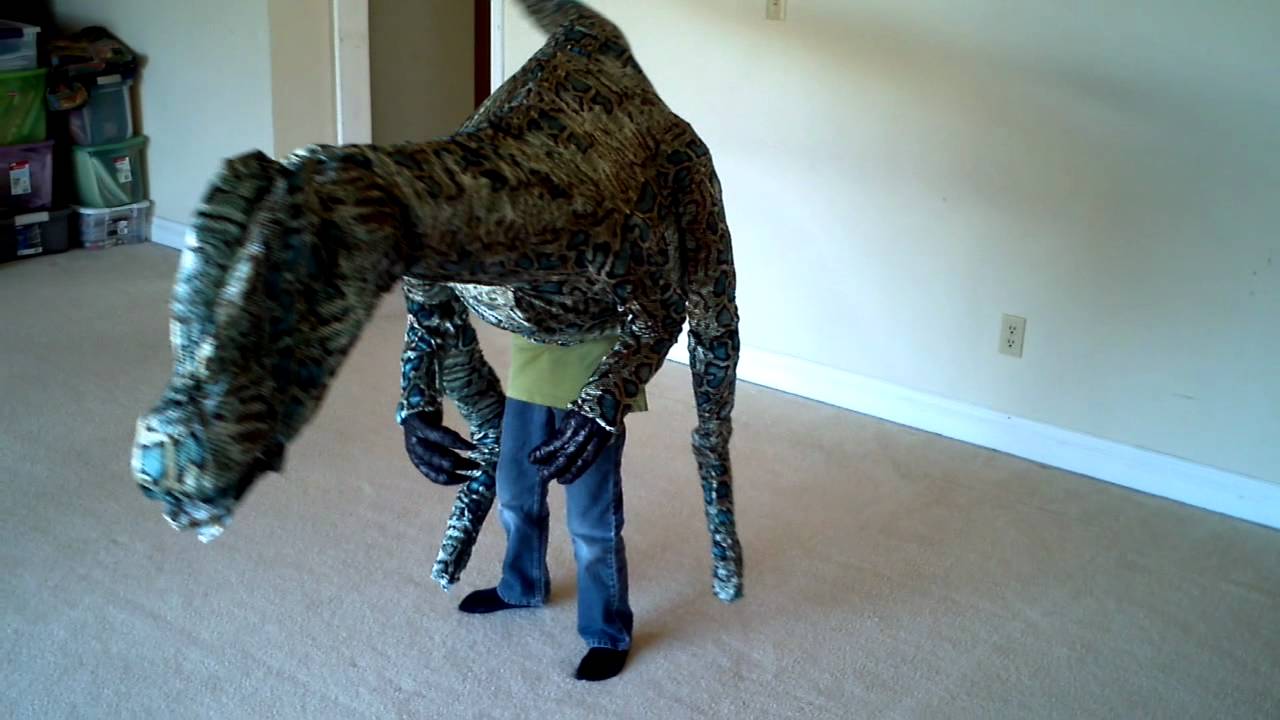|
Animatronic dinosaur warranties typically provide five key coverage types: structural integrity for 2 years, electronic system functionality, on-site technical support within 48 hours, a 5-year guarantee on the internal steel frame, and protection against motor and actuator failures, ensuring long-term reliability for exhibits. Structural Frame ProtectionLet's talk about the bones of the operation: This isn't just any metal; it's typically high-carbon steel (Q235 or Q345B) with a thickness ranging from 4mm to 12mm, depending on the dinosaur's size. A full-size T-Rex frame, for example, can weigh over 2.5 tons and requires an initial anti-rust treatment, usually hot-dip galvanizing, which provides a protective layer of 80-100 microns thick. The warranty coverage for the structural frame is almost always the longest part of the entire contract, typically ranging from 5 to 10 years.Engineers perform Finite Element Analysis (FEA) to simulate stresses, ensuring the design can handle a dynamic load of at least 150% of its own weight (approx. 3-5 tons for large models) during movement cycles without permanent deformation. The warranty covers failure modes like cracking or significant bending deflection exceeding a 5mm tolerance. Here’s a quick breakdown of a typical warranty scope for the frame:
Replacing a full structural frame isn't just about the parts; it's a massive labor project that can cost upwards of 15,000−30,000 and require 3-5 weeks of disassembly and reassembly, not including lost revenue during downtime. The warranty absorbs 100% of these costs—parts, labor, and logistics—for the entire period. Electronics and Motor CoverageUnlike the 10-year frame warranty, coverage here is shorter for a solid reason: You're typically looking at a 2 to 3-year warranty for this system, which aligns with the expected operational lifespan before major servicing might be needed. We're not talking about tiny hobbyist servos; these are industrial-grade DC 24V or 48V motors with significant torque output, often ranging from 50 Nm to over 200 Nm for a large jaw actuator. The warranty guarantees these will perform within 90% of their original torque specification for the coverage period, operating seamlessly in ambient temperatures from -20°C to 50°C. A key metric is the mean time between failures (MTBF), which for a quality motor should be rated for at least 5,000 hours of operation. Considering an average theme park operates its animatronics 8-10 hours per day, that’s about 500-625 days of continuous use, justifying the standard warranty length. The coverage includes:
A failed sensor can lead to a cascade of problems, so most warranties promise a 48-hour response for critical sensor faults to prevent further damage. A single high-torque actuator can cost between 800−2,500 to replace. That can easily run into the 3,000−7,000 range. Suddenly, that 2-3 year warranty that covers parts, labor, and shipping (often via expedited air freight to minimize your downtime) is protecting you from a single repair event that could cost $10,000+. On-Site Repair ServicesThe standard industry benchmark for a critical failure response is a 48 to 72-hour deployment window. This means from the moment you log a fault ticket, a technician should be on a plane to your site within 2-3 days. It covers all labor for the duration of the repair, which can range from a 4-hour sensor calibration to a multi-day 16-hour motor replacement on a massive dinosaur leg. The warranty absorbs the immense cost of this dispatch, which typically includes:
A technician's service kit will often contain a 15,000−20,000 inventory of common high-failure-rate components: For example, they might carry a spare 24V DC high-torque motor (valued at $1,200) to swap out immediately rather than waiting for shipping. The process is methodical: initial remote diagnosis via video call to identify ~70% of common issues, followed by physical deployment to resolve the remaining 30% of complex mechanical or electrical faults that can't be fixed remotely. This service turns a potential 2-3 week downtime into a 3-4 day operational pause, protecting your guest experience and bottom line.
Skin and Appearance MaintenanceYou're typically looking at a 12 to 24-month coverage period against specific, measurable failures, not general fading. A robust warranty will guarantee that the silicone will not exhibit significant cracking (greater than 5mm in length), peeling (delamination over 10 cm²), or a color shift measured by a spectrophotometer exceeding ΔE 5.0 (a just-noticeable difference) within the coverage period. This isn't subjective; it's based on data from 1,000+ hours of accelerated UV testing the material undergoes before production. The warranty also covers the failure of internal seams, which are heat-pressed and chemically bonded to withstand the repetitive 15-20% stretching that occurs during movement without tearing.
Re-skinning a full-size T-Rex is a 20,000−40,000 project involving 250-300 hours of labor by specialized artists for painting and texturing.A warranty might cover, for instance, 100% of materials and labor for the first 12 months for any qualifying defect, then prorate coverage to 50% in months 13-24. Long-Term Support OptionsYour animatronic dinosaur might be brand new now, but what about in 5, 10, or even 15 years?The most common long-term support packages extend core component coverage (motors, electronics, and sometimes even the frame) in 1-year, 2-year, or 3-year increments, with pricing that scales based on the original purchase price and the level of coverage selected. For example, a manufacturer might offer a Level 1 Extended Support Plan for 15% of the original dinosaur’s cost annually, which typically includes priority response times (guaranteed 24-hour instead of 48-72 hour dispatch for critical failures), discounted replacement parts (usually at 30-50% off standard pricing), and extended labor coverage for on-site repairs. Here’s how the numbers often break down for a mid-sized animatronic (let’s say a 12-15 foot tall raptor model costing around $80,000 new):
A well-chosen long-term support plan can easily extend the functional life of your animatronic dinosaur from a typical 5-7 years up to 10-15 years or more, protecting your investment and keeping your guests coming back to see a reliably roaring, moving attraction. |

